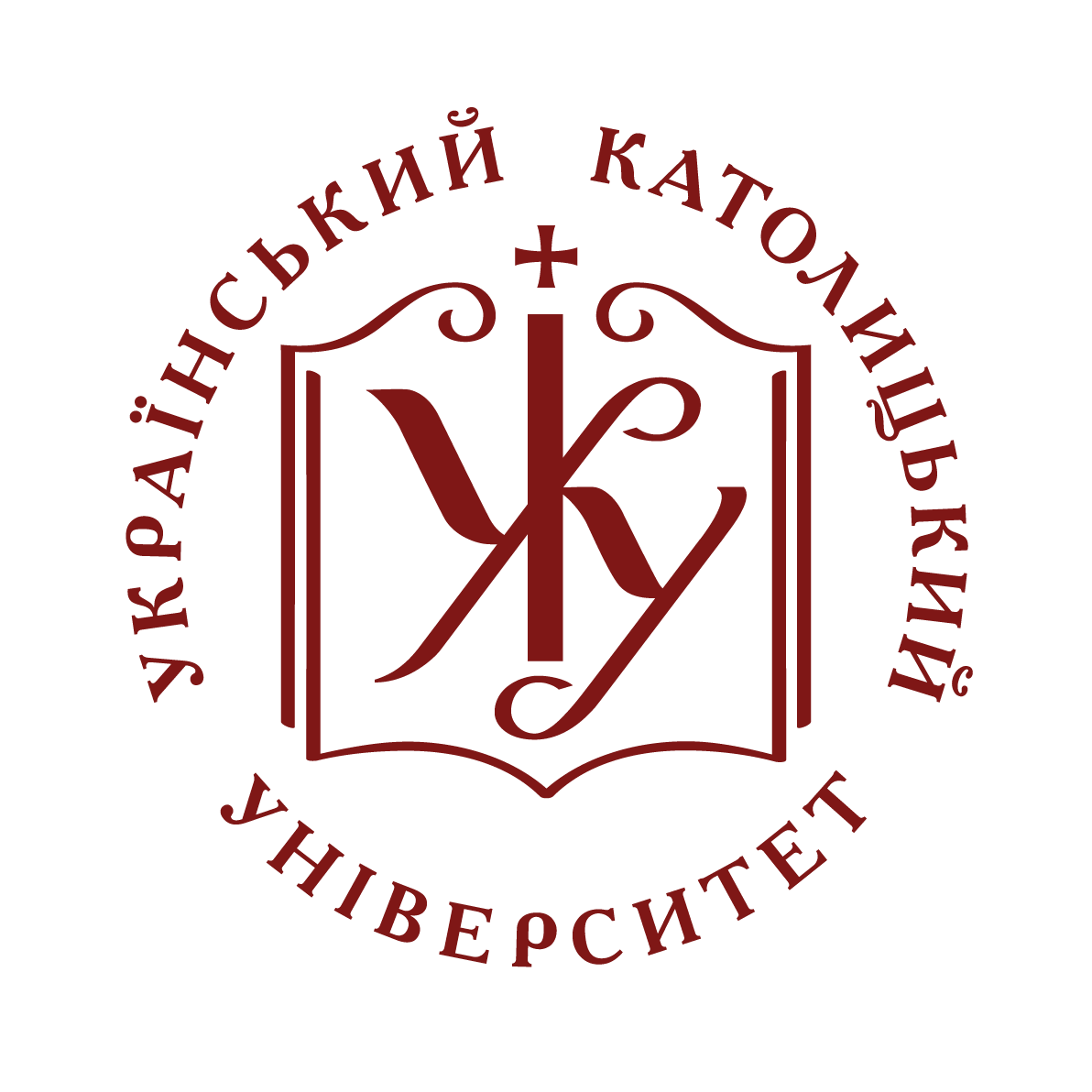- Домівка
- →
- Students Research & Project Works | Роботи студентів
- →
- Факультет прикладних наук
- →
- Бакалаврська програма "Комп'ютерні науки"
- →
- 2022
- →
- Перегляд матеріалів
Сценарії JavaScript вимкнено для Вашого браузера. Деякі функції цього сайту не будуть працювати без них.
Показати скорочений опис матеріалу
| dc.contributor.author | Burda, Marko
|
|
| dc.date.accessioned | 2024-02-14T11:46:38Z | |
| dc.date.available | 2024-02-14T11:46:38Z | |
| dc.date.issued | 2022 | |
| dc.identifier.citation | Burda, Marko. Recommender systems for travel industry using visual information / Burda, Marko; Supervisor: Taras Firman; Ukrainian Catholic University, Department of Computer Sciences. – Lviv: 2022. – 34 p. | uk |
| dc.identifier.uri | https://er.ucu.edu.ua/handle/1/4432 | |
| dc.language.iso | en | uk |
| dc.title | Recommender systems for travel industry using visual information | uk |
| dc.type | Preprint | uk |
| dc.status | Публікується вперше | uk |
| dc.description.abstracten | When choosing the right establishment to order from, we rely on the average ratings of those places. The ratings are calculated based on numeric values left by different users who have had experience with the establishment. The problem with such ratings is that having a high score does not guarantee one’s satisfaction with a meal. It is a mere number evaluated based on other people’s experiences. However, every human being is an individual with specific tastes, and the concept of good food differs for everyone. With the unexpected strike of the COVID-19 pandemic, there was also a sharp spike in need for food delivery services. For applications like Glovo or its competitors Rocket and Bolt Food, the only way of approximating the food quality is a score averaged from other users’ ratings, which makes it, quite often, a hit-or-miss experience. Such services, unfortunately, neither offer written reviews nor any personalized recommendations based on your order history. This project is built around this topic and is aimed to train a model that learns from vi- sual information and user behavior and produces recommendations based on given information. | uk |
Долучені файли
Даний матеріал зустрічається у наступних зібраннях
-
2022 [39]


